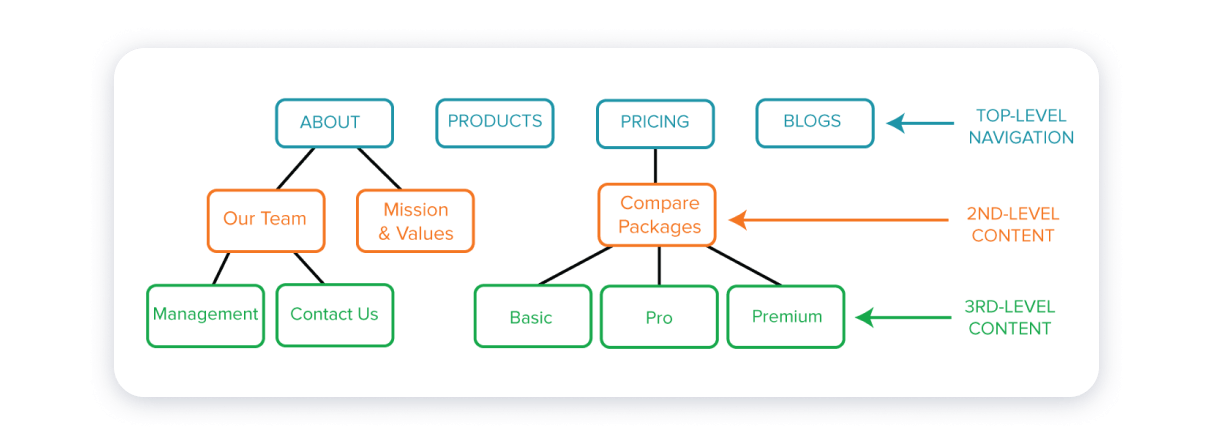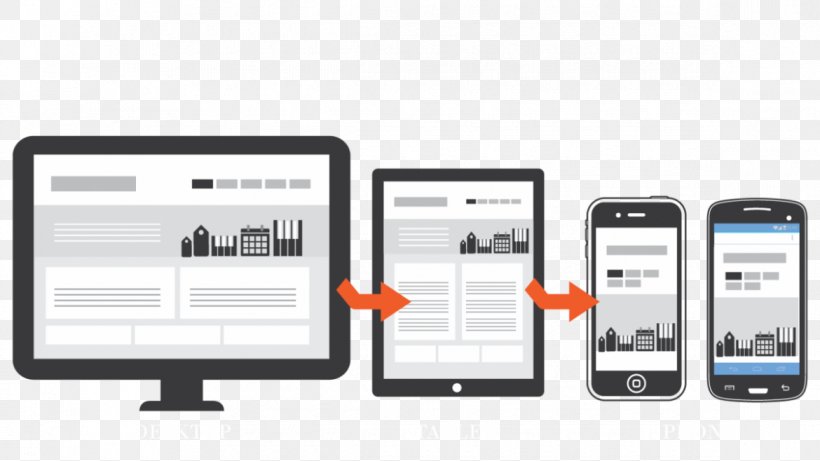
UX design can be described as a systematic and iterative process of creating user-friendly products. The UX design process involves creating user experiences. These interactions involve the product and the users. UX designers must use a human-centered design process that takes into account the users' goals, needs, emotions. It results in user-friendly and efficient experiences for the end-user.
UX design requires a deep understanding and appreciation of the product as well as the users. To do this, you must empathize with the users and create a human-centered mindset. To make the best design decisions, it is also important to utilize tools and technologies.

The scope of the project is one of the most important steps in UX design. You can use a decision matrix to do this. This matrix is also known by the term "prioritization matrix". It allows you to weigh your options. It can also be used by users to prioritize and balance their needs.
Once you have an understanding of the requirements of your project, you are ready to start brainstorming. You can do this with paper and pen or online. You can also ask questions about the product and your competitors. These questions can help identify issues in your design, and save you money on redesigns.
After the brainstorming phase, the UI design team can then build mockups of your proposed design. These mockups represent visual themes and assets that show how the interface might look. The mockups can then be iterated and modified based upon user feedback. You can use code-based prototyping tools to make a more realistic and accurate prototype.
UX design can be a lot of fun, especially when you are able to create actual products. It can be difficult. You will need the right tools to speed up the process and ensure consistency in your design. There are many ways you can improve the quality of your designs. You should use them to maximize the potential of your products.

Depending on your business and the needs of your customers, you can take different approaches to designing your products. If you are a startup, it might be wise to focus on a user-centered UX design process to make the most of your resources. This will help to reduce time to market. A user-focused approach will ultimately result in better customer retention.
UX design can make your products more attractive. However, it's important to keep in mind that the process you use for each product is different. There are many variations in UX design, but the basic steps are the same.
The final stage of the UX design process is to put your design into production. Launch your product after you have finalized the design. This will ensure the best possible user experience and allow you to reach more people.
You should do your research before starting any new design project. Make notes of the competitors and features of their products. Researching your users will help you to understand their needs, and will give you a better understanding of their expectations.
FAQ
WordPress: Is it a CMS or not?
Yes. It is called a Content Management System. Instead of using Dreamweaver or Frontpage, a CMS lets you manage your website content directly from your web browser.
WordPress's best feature is its free pricing! Hosting, which is usually provided by your ISP, is free.
WordPress was initially designed as a blogging platform but now offers many different options, including eCommerce sites, forums, membership websites, portfolios, etc.
WordPress is very easy to set up and install. You must download the installation file from their website and upload it onto your server. Then, you simply visit your domain name through your web browser and log in to your new site.
After installing WordPress, it's necessary to register for a username. Once you log in, you will be able to access your settings from a dashboard.
Here you can add pages and posts, images, menus, widgets and plugins. If editing and creating new content is easier for you, skip this step.
But if you'd rather work with someone, you can hire a professional website designer to handle everything.
What is the best platform for creating a website design?
WordPress is the best platform when it comes to designing websites. It offers all the features that you need to build a professional-looking website.
Themes can be easily customized and installed. You can pick from thousands of free themes that are available online.
Plugins are another way to add functionality. They can do everything, from adding social buttons to creating contact pages to adding forms.
WordPress is also very user-friendly. You don't even need to know HTML code in order to modify your theme files. All you need to do is click on an icon and select what you want to change.
There are many other platforms, but WordPress is my favorite. It has been around for years, and is still in use by millions.
What is responsive web design?
Responsive Web Design is a method of designing responsive websites. It allows content to display on all devices (desktop computers, tablets and smartphones), so that it can be viewed easily on any device. This allows visitors to view the website on one device and access other features like buttons, navigation menus, etc. RWD is intended to ensure that any user viewing a site views the exact version on their screen.
Consider, for instance, that you're building a website for an eCommerce company and your products are sold primarily online. It is important to ensure that your website can be accessed on any device, including a smartphone.
A responsive website will adjust its layout automatically based on what device is used to view it. It will appear the same as a regular desktop website if you view it on your laptop. The page will look completely different if it's viewed on your smartphone.
This means that you can create one website that looks great across all devices.
What kind of websites should I make?
This depends on your goals. Your website should be able to sell products online. This will allow you to build a successful business. This will require you to set up a strong eCommerce site.
Blogs, portfolios and forums are all popular websites. Each one of these websites requires different skills. To set up a blog for instance, you'll need to learn about blogging platforms like Blogger and WordPress.
When you choose a platform, you will also need to figure out how to customize the look of your site. There are many templates and themes that are free for each platform.
Once you have decided on a platform, you are able to start building your website by adding content. Pages can include images, videos, text and links.
Your new website is ready to be published online. Visitors can view your site online once it has been published.
How much does a website cost?
The answer to that question depends on the purpose of your website. Google Sites might be free if your website is limited to information about you or your company.
However, if visitors are serious about coming to your site, they will be willing to pay more.
The best option is to use a Content Management System, such as WordPress. These programs can be used to build a website quickly and easily without having to know any programming. You won't be hacked because these websites are hosted by third parties.
Squarespace, a web design service, is another option. There are a number of plans available, with prices ranging from $5 per Month to $100 Per Month depending on the features you wish to add to your website.
Statistics
- In fact, according to Color Matters, a signature color can boost brand recognition by 80%. There's a lot of psychology behind people's perception of color, so it's important to understand how it's used with your industry. (websitebuilderexpert.com)
- At this point, it's important to note that just because a web trend is current, it doesn't mean it's necessarily right for you.48% of people cite design as the most important factor of a website, (websitebuilderexpert.com)
- It enables you to sell your music directly on your website and keep 100% of the profits. (wix.com)
- Is your web design optimized for mobile? Over 50% of internet users browse websites using a mobile device. (wix.com)
- It's estimated that chatbots could reduce this by 30%. Gone are the days when chatbots were mere gimmicks – now, they're becoming ever more essential to customer-facing services. (websitebuilderexpert.com)
External Links
How To
How to use Drupal 7 for Web Design
Drupal is one the most widely used Content Management Systems (CMSs) today. It was originally developed by DriesBuytaert (Belgium) in 2003. Its name is derived from Dirk Buijtewaard's first and last names, Pierre d'Herbemont. Drupal was released as an open-source CMS in 2005. There have been many versions of Drupal since then. Today, Drupal is used by many websites and companies around the world.
Drupal is extremely popular among website owners due to several reasons. It's free to download. It's easy to customize and extend. It is well documented. Fourth, it provides great support through forums and IRC channels. It can also be extended with modules. Sixth it supports multiple languages. It is easy customizable. Eighth, it's scalable. It is secure. Tenth, reliable. Finally, Drupal is supported by the entire community. Drupal is the perfect choice for your next projects because of these features.
You might wonder what makes Drupal stand out from other CMS platforms. It's simple. Drupal is an open-source content manager system. Drupal is completely free and can be downloaded freely. Drupal gives you complete control of your website. You can add and remove pages, change colors, fonts and images, as well as modify videos.
If you want to create a website but lack technical skills, then you can choose Drupal. Drupal, unlike other CMS, doesn't require you to know programming to build your website. All you need is to learn how to use the essential functions of Drupal. You will then be able modify your website to suit your needs.
Another benefit of using Drupal is its many pre-built themes and plugins. These plugins allow you to improve the functionality of your site. You can use Contact Form to gather visitor information. Google Maps can be used to display maps on your site. Drupal comes with many ready-made templates. These templates give your website a professionally designed look.
Drupal is also flexible. Drupal is extremely flexible. You can add new modules to your site or even replace them without worrying about compatibility. It's easy to integrate social media on your website. You can also set-up RSS feeds, email subscriptions, etc.
Drupal can also be customized. Drupal lets you add custom fields, forms, manage users and much more. You can also create complex layouts with Drupal.
Drupal is stable and reliable. Drupal is both stable and scalable. It offers outstanding security features. So if you're looking for a good web development platform, then Drupal is worth considering.